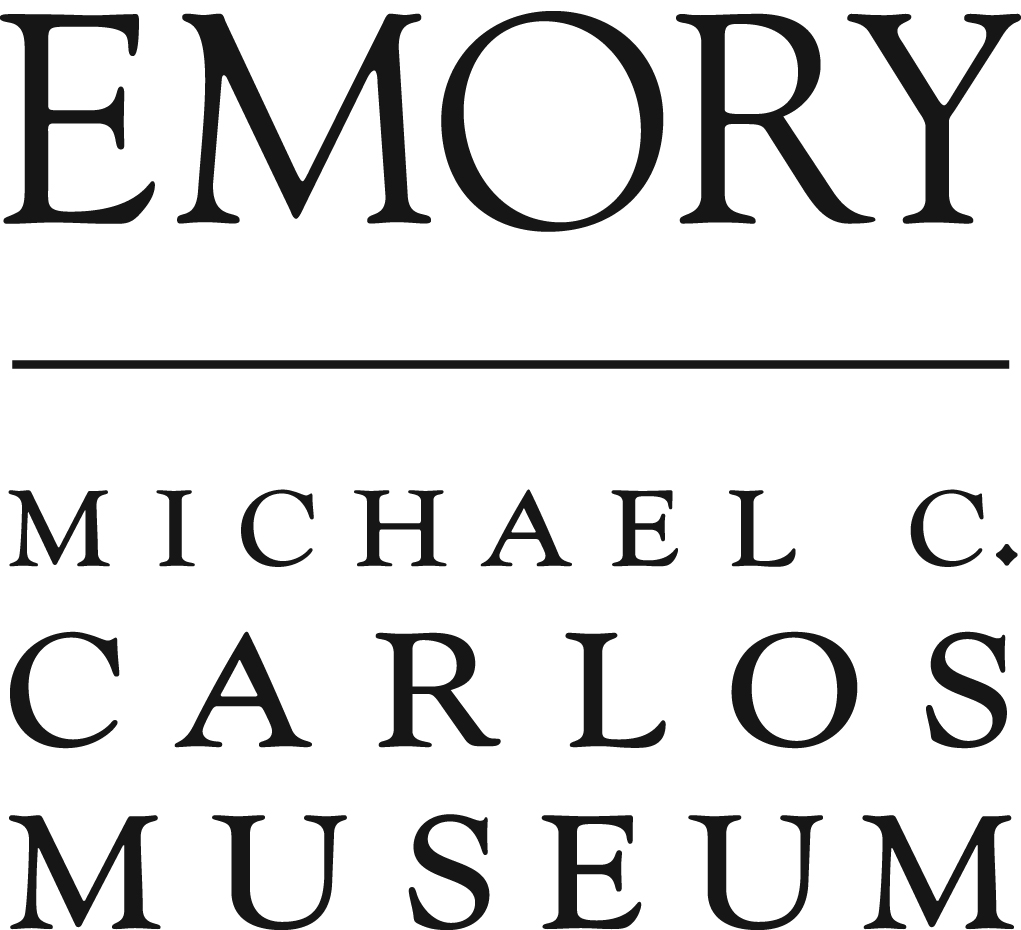If you are completely new to the world of weaving and fiber, the textiles for beginners page on the top menu will explain the foreign terms to come and many of these processes and tools will be featured in upcoming posts. There is also more information (and pictures) of the ancient textile I will be constructing in the Wari textile page. Please feel free to ask questions in the comment section as well.
The first place to start if you are going to attempt to re-create something from the past is to choose your materials and tools. I am not attempting an archaeologically correct reproduction where every single tool would be made based on existing ancient examples. Scholars have a good idea of the process as it was done in Pre-Hispanic times and thus I can explain to you all when I make modifications what would have been done instead and how much harder it was!
Fine textiles in the Andes were made out of a very high grade alpaca or vicuna (wild alpaca relative) fiber. Acceptable fiber is easy to find in online stores selling raw fiber through the micron count system (the lower the number the better the wool). I also made sure to get accurate dyes. Supplies for indigo vat dyeing, although not the exact substances used in South America are also fairly easy to find and many suppliers sell kits (http://www.aurorasilk.com/natural_dyes/indigo.html). Cochineal, the red dye, is also easy to find, though expensive.
Regarding tools, I will be spinning all of the thread required on a drop spindle as the use of spinning wheels only began in the Andes with the arrival of the Spanish. I will also be using simple frame and backstrap looms (no European rigid heddle or floor looms) that I will construct myself.
After tools comes techniques. Although I have been a spinner, weaver, and dyer for most of my life, I have never practiced many of the techniques that go into making a Wari tie dye textile. This is also complicated by the fact that there is no real record as to how these textiles were actually woven so there have been several methods developed by textile scholars in conjunction with weavers. Therefore the first steps will be to practice these techniques and do a number of tests before I start on the four pieces which will compose the final version of the fragment.
Some of these special techniques, such as Andean plying for those spinners out there are easy to find instruction on via Youtube.
Others are a little more complex and I will learn from studying the actual fragment as well as photographs of the work of weavers who have previously worked on understanding this type of textile: four selvage weaving, discontinuous warp and weft, indigo dyeing with a vat, and the tie dye technique itself.
In the next post I will walk you through the process of examining the fragment and how I was able to determine the essence of its construction.


Hi! Absolutely inspiring project! I am thrilled looking at your plans and what you have discovered thus far. I spent some time with the Center for Traditional Textiles in Cusco (CTTC) and visited 6 of 10 of the villages that participate with them. I am also a spinner, dyer, weaver. I have a few thoughts that might help. There is an ancient technique that was almost lost dating at least to Incan times and longer across several of the cultures there called a discontinuous warp. It is still in use in a number of the villages. I watched them do it and they use a frame for the warping process and often have the step weaving you are showing. There IS a thread through the center of the two pieces. There is also a bar used for tensioning during the warping process that is removed after the warping is done. I actually took a class in it last November at the Tinkuy de Tejedores in Cusco. I think with some minor adaptation this would work for your project and might be one of the cousins of the Wari technique. You might also contact the Umano Museum in Lima. They have a fantastic textile collection and the Curator is very knowledgable. They also have an amazing spindle collection and might have the type of spindle the Wari used. I would be interested in corresponding with you. I have some additional info on ‘andean plying’ that might be helpful. Best, Ercil
Thank you so much for your interest Ercil! Shaped tapestry is a form of discontinuous warp, and the bar method you are describing is one of the ways weavers who worked on this in the early 2000s think it was done. My blog is a bit behind where I actually am in the process and I am currently weaving with the bar warping as a practice before I do it with just the strings. I study Bolivian and not Peruvian textiles so it is interesting to hear that the discontinuous techniques are still being practiced.